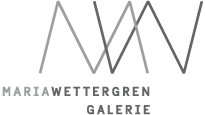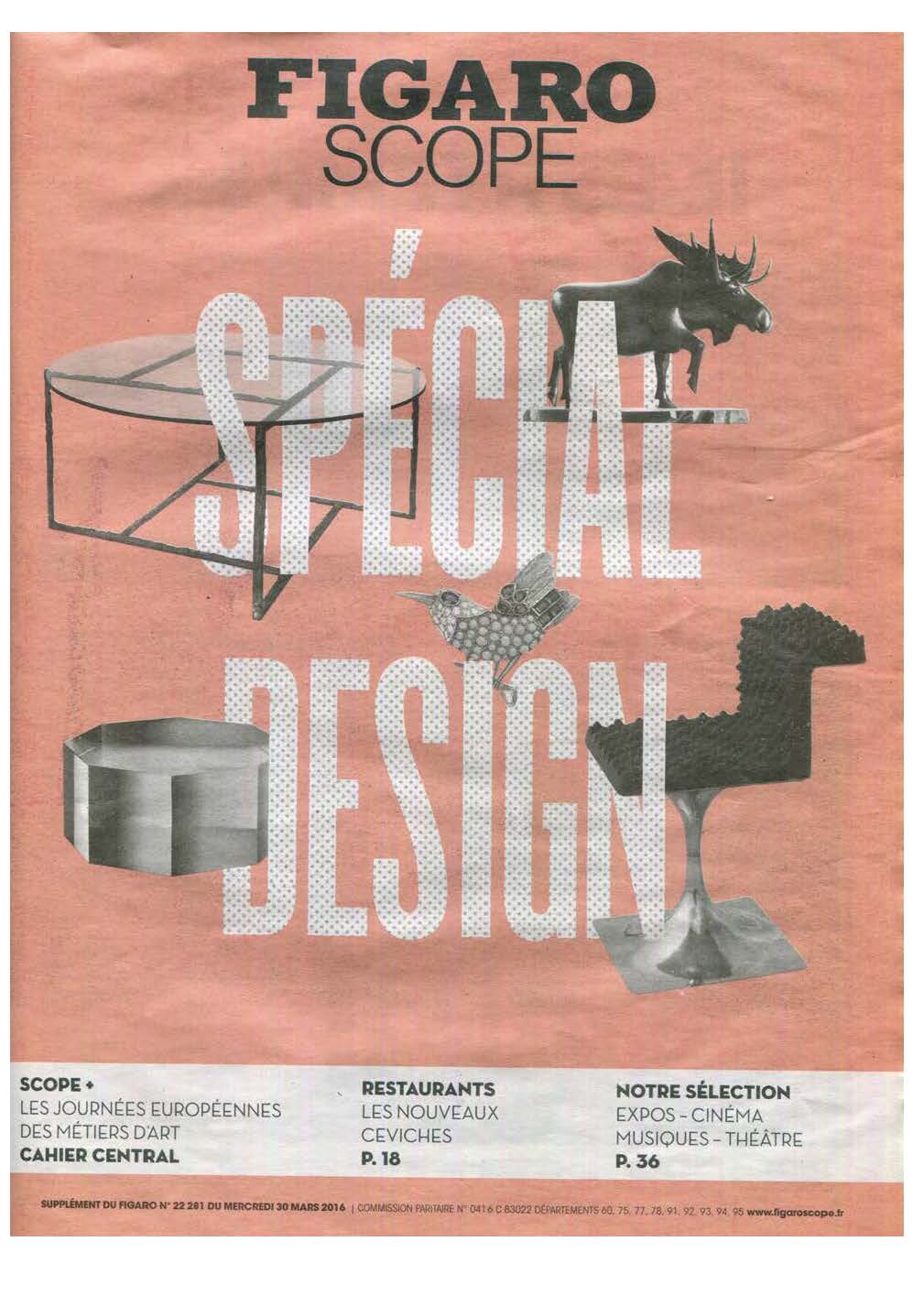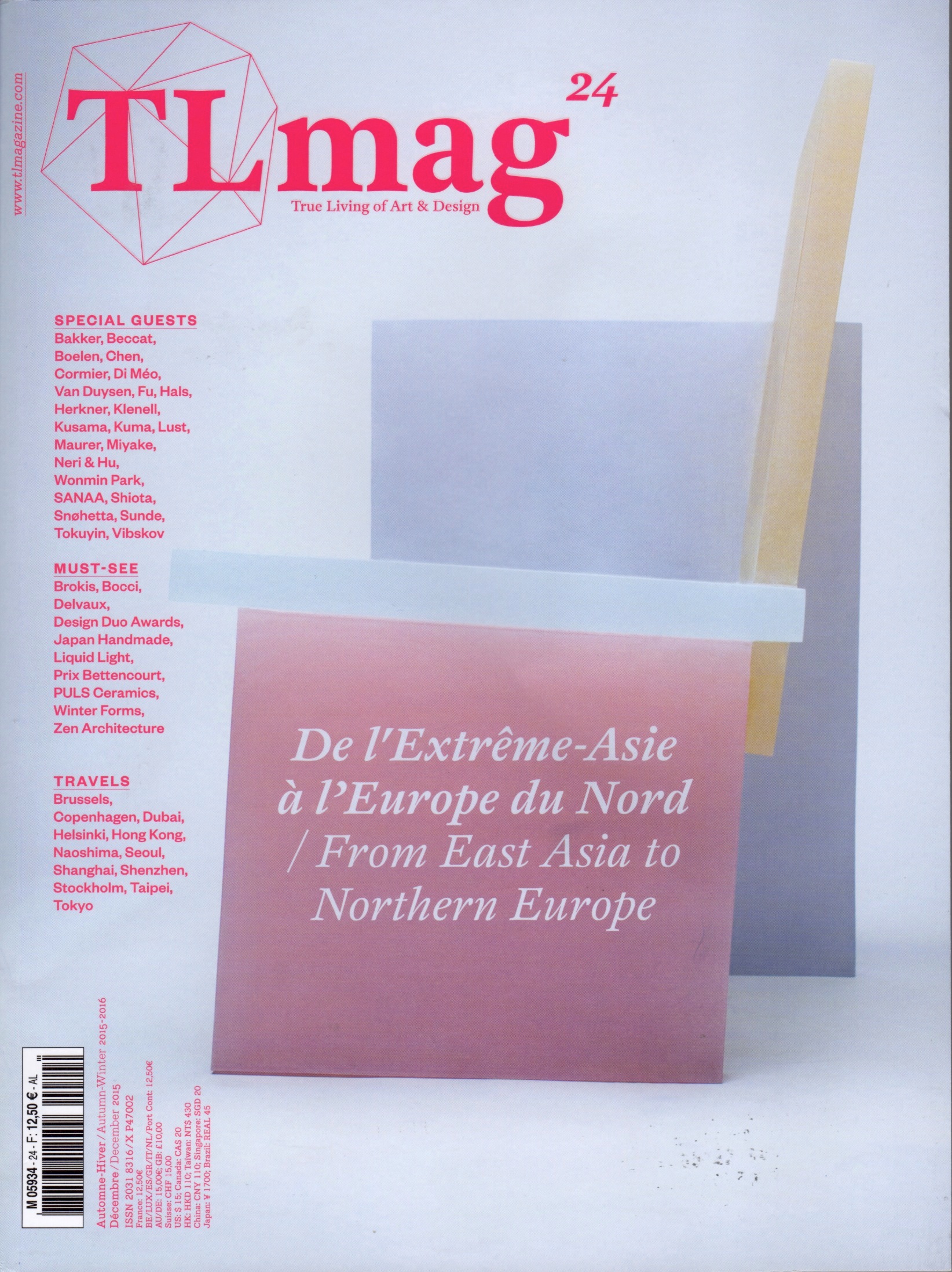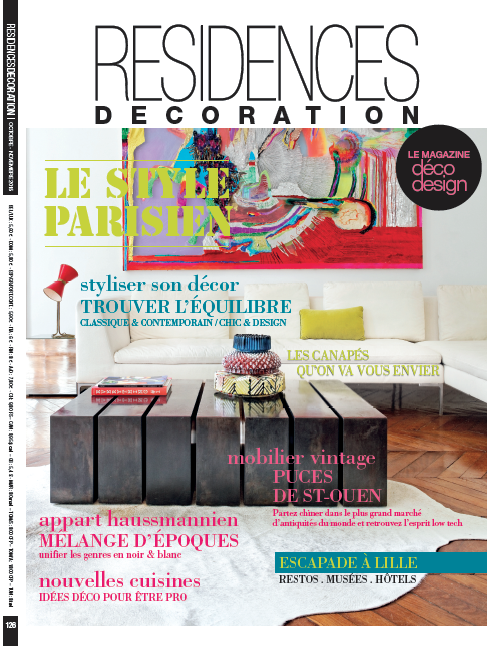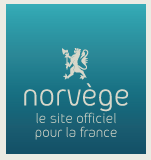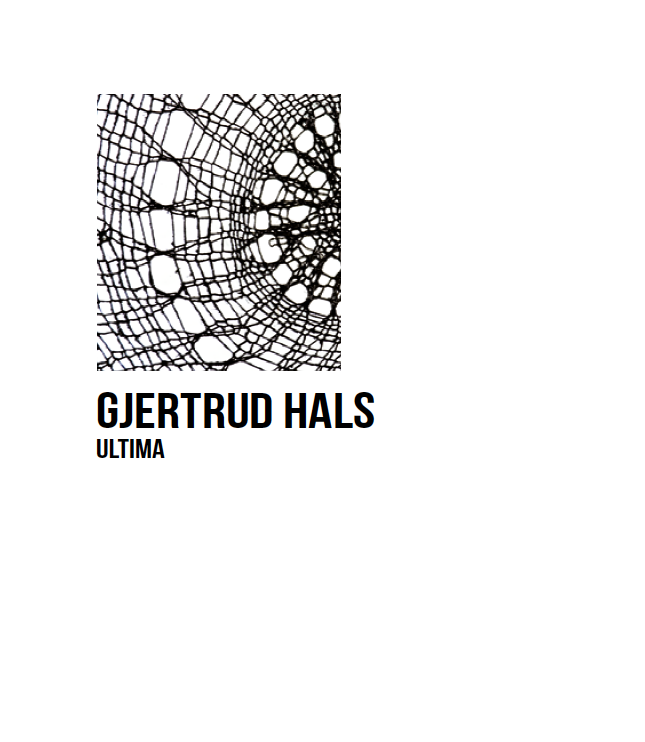
Gjertrud Hals’ upbringing on the little island of Finnøya is profoundly anchored in her art, and her relationship to the region’s nature and culture is deep and complex. The Nordic mythology is equally a great source of inspiration to the artist who sees a parallel to the way in which modern human beings are moving between chaos and order. Gjertrud Hals’ focuses on natural fibres that she transforms through various techniques including weaving, knitting, casting, spraying and cutting.
The high level of craftsmanship in Gjertrud Hals’ work should be seen in the light of her frequent travels to Japan and in the inspiration drawn from Zen Buddhism. Shintoism, Japan’s old nature-worshipping religion, is another important key to understanding the role played by nature in her work and the animistic dimension. Nature is not just an inspiration. Often small pieces of natural life are drawn into her works in a direct manner, such as lichen, roots and branches. Other times small found objects, such as plastic capsules and feathers, are added to her linen and paper pulp weavings Like small micro cosmoses, Gjertrud Hals’ works seem to capture the traces of life as time goes by and propose a poetic dialogue between culture and nature.

ARAKNE
2015
175 x 205 cm
Threads, fibers
Unique piece

ARAKNE
2015
175 x 205 cm
Threads, fibers
Unique piece

ARAKNE
Detail
2015
175 x 205 cm
Threads, fibers
Unique piece

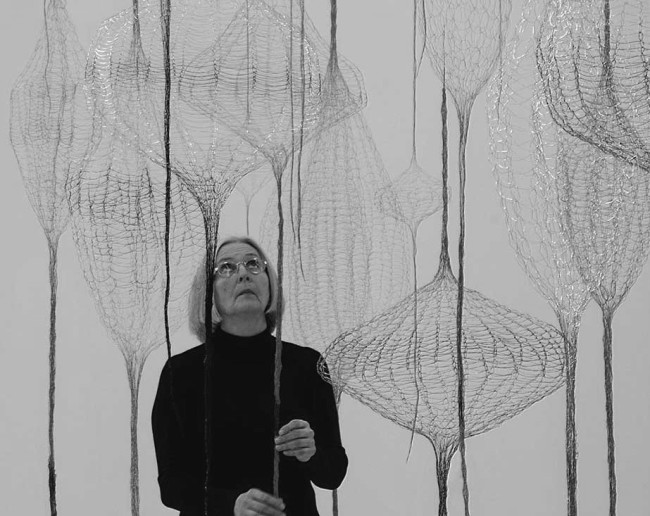
Gjertrud Hals is one of the redefining figures of textile art, liberating fibre from the loom and displaying it in space as three-dimensional sculpture. Hals’ upbringing on the little island of Finnøya is profoundly anchored in her art and her relationship to the region’s nature and culture is deep and complex. Hals’ works seem to possess their own laws and logics, moving somewhere between delicate neatness and unrestrained inspiration. In the words of the artist, they propose a reflection “…on the relationship between nature and culture, in which the lives of modern humans are moving between chaos and order. Forces of nature and war create chaos, after which a new order is elaborated, always both the same and a little bit different than the previous.“ Gjertrud Hals focuses on natural fibres that she transforms through various techniques including weaving, knitting, casting, spraying and cutting. Trained in the art of tapestry weaving in the 1970’s, Hals’ interest in feminism and women’s culture associates her with the new wave of women artists exploring the sculptural potential of textile. Hals’ works have been acquired by private and public collections, such as the Centre Pompidou, Paris, France; National Museum of Contemporary Art, Oslo, Norway; The Museum of Contemporary Crafts, New York, USA; The Museum of Decorative Arts, Lausanne, Switzerland; Mobilier National / Les Gobelins, Paris, France and the Bellerive Museum, Zürich, Switzerland.
